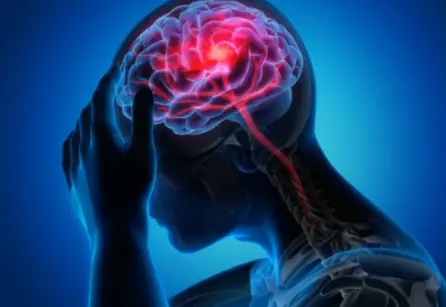 Welcome
Welcome
“May all be happy, may all be healed, may all be at peace and may no one ever suffer."
- A
- B
- C
- D
- E
- F
- G
- H
- I
- J
- K
- L
- M
- N
- O
- P
- Q
- R
- S
- T
- U
- V
- W
- X
- Y
- Z
Anaesthesia - Generics
Anesthesia is a medical practice that aims to control pain and other sensations during surgical and other medical procedures. The term "anesthesia" refers to the absence of sensation, typically including pain, but also touch, temperature, and other forms of physical sensation.
The administration of anesthesia typically involves the use of medications that depress the central nervous system and alter the patient's consciousness. Depending on the procedure being performed, different types and levels of anesthesia may be used, ranging from local anesthesia to general anesthesia.
Local anesthesia involves the injection of medication into a specific area of the body to numb the nerves in that region, preventing pain signals from reaching the brain. Regional anesthesia involves blocking a larger area of the body, such as an entire limb, using a nerve block or spinal anesthesia.
General anesthesia involves the use of medications that induce a state of unconsciousness, during which the patient does not feel pain or have any awareness of the procedure. General anesthesia is typically used for major surgeries or procedures that would otherwise be too painful or traumatic for the patient to tolerate.
Anesthesia is an important aspect of modern medicine, allowing for safe and pain-free surgeries and other medical procedures. However, like any medical intervention, it carries risks and potential complications, and requires careful monitoring and management by trained professionals.

Coronavirus Disease

Schistosomiasis

Benign breast disorders

Dental anesthesia

Spasm

Migraine and bipolar diso...

Polymorphic light eruptio...

Transient ischaemic attac...
Anaesthesia, অ্যানেশথেসিয়া
To be happy, beautiful, healthy, wealthy, hale and long-lived stay with DM3S.